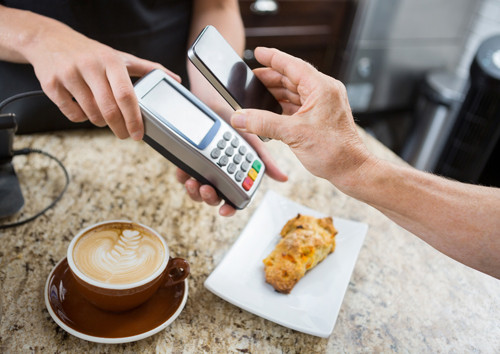There is significant pent-up demand across the UK for mobile payments, which we define as payments made via the mobile phone directly onto your mobile phone bill, or using available credit from a pay-as-you-go account, for physical or quasi-physical goods. Our research reveals that over 23 million people would like to use mobile payments.
Purchasing a car park ticket ‘remotely’, or via your mobile phone, a few years ago was almost inconceivable. In the UK, over 4 million people now pay for their parking via their mobile phone. This is just the beginning. Having attained an E-money licence*, we are now working to facilitate payments for physical and quasi-physical goods.
In 2015, we predict this will be a game-changing year in mobile payments, as we bring to life the ability to buy goods and services on your mobile phone bill. This groundbreaking development is exciting and opens up new payments opportunities for companies wanting to make their own products and services more accessible to their consumers.
Interestingly, there is almost a direct correlation between the number of respondents using the mobile money functionality on their mobile device and the number of total respondents using their mobile device for banking (46%). Twenty-two percent connect with their bank via an app, while 24% continue to use the website. This means virtually every mobile money user in the UK is using mobile banking.
We believe the research highlights that mobile banking has become the first step towards accepting and embracing financial-based activity on a mobile device. Banking institutions are among the most trusted by consumers, and if consumers trust their bank to provide a secure service via their mobile device, this not only starts the educational process about mobile payments capability, but also provide the platform to start exploring mobile-based payment solutions.
The signs are already encouraging when it comes to mobile payments. Our research shows that 25% of respondents said that they have purchased an item on eBay using their mobile device, 14% have paid bills, while 10% have purchased clothes via an app, and 9% have bought groceries via an app.
Males are more likely to conduct payments on their mobile device (such as paying bills, ordering groceries via an app, paying for car parks and transferring money) than females, whom are more likely to purchase items on eBay or purchasing clothes via an app. Of the 12.65 million actively purchasing goods via eBay, 53% (or 6.8 million) are female, compared to 5.85 million males.
However, the greatest difference in usage based on percentage terms was the number of males that purchase coffee via an app. Of the 1.54 million people using the Starbucks app right now in the UK, 1.1 million are male (or 70%).
All of these transactions are educating the consumers about the functionality that can be delivered via their mobile device. When we asked consumers if they would like to use their mobile phone to make “any payments, anywhere” how would that change their purchasing behaviour? Eleven percent said that they would like to use their mobile phone only and would stop using credit and debit cards. Thirty-six percent would like the option of paying with both a mobile phone and cards. In total 47% of the UK market would be interested in using their mobile device to purchase anything, anywhere.
When we apply the research to actual UK mobile market numbers, it shows that 5.3 million people in the UK would stop using their debit and credit cards altogether and just use their mobile phone to make payments. Almost 18 million mobile users would welcome the option of being able to pay with either mobile phone or their debit or credit cards. Combined, this brings our total of over 23 million interested in making mobile payments in the UK.
This payment evolution will start in 2015.






